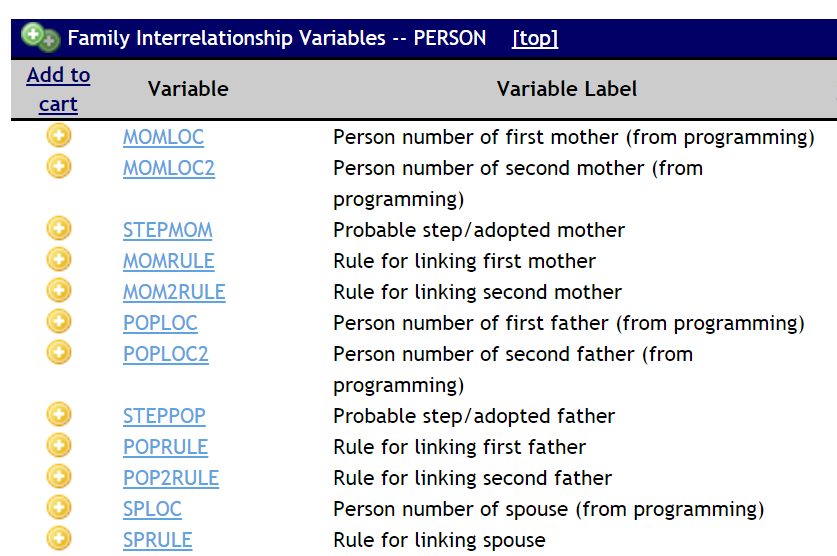By Julia A. Rivera Drew
Introduction
Depending on their research question, analysts will commonly pool multiple years of the National Health Interview Survey (NHIS) data together in order to increase sample sizes of particular subpopulations of interest, such as bisexual adults, immigrants, or pregnant women. The complex design of the NHIS, however, requires analysts to take additional steps to correctly construct and analyze pooled NHIS datasets. Moreover, planned changes to the NHIS design implemented in 2019, as well as changes made in response to the COVID-19 pandemic, require additional special handling to correctly analyze datasets combining multiple years of NHIS data. The objectives of this blog post are to: (1) share tips to correctly construct and analyze pooled NHIS datasets and (2) identify resources for more information.
Tips to Correctly Construct and Analyze Pooled NHIS Datasets
1. Create a pooled sampling weight to use with your pooled dataset.
In general, when pooling multiple years of NHIS data together, you will need to create a new sampling weight to use with the pooled sample. To create this new sampling weight, divide the appropriate sampling weight by the number of years within each distinct sample design period. For example, if one wished to estimate the number of children living in families with low or very low food security (FSSTAT) using pooled 2020-2021 NHIS data (e.g., similar to this report), one would need to create a new sampling weight by dividing the sampling weight identified under the “weights” tab for FSSTAT, SAMPWEIGHT, by the number of years pooled together from the same sampling design period (in this case, two). The sum of the pooled weights would then represent the average annual population size for the pooled time period, rather than the total cumulative population size for the pooled time period. For any given combination of variables, refer to information under the “weights” tab for the variables included in your analysis to help select the appropriate sampling weight. The distinct NHIS sample design periods are 1963-1974, 1975-1984, 1985-1994, 1995-2005, 2006-2015, 2016-2018, and 2019-present.


